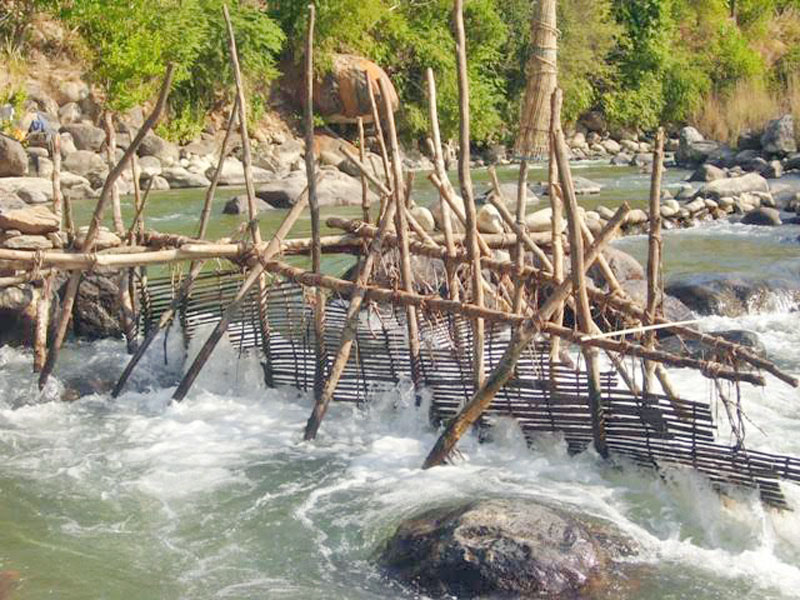Lawmakers bat for higher preference to Tamor hydel
Kathmandu, August 4
Lawmakers and people from the eastern region of the country have expressed concerns that two smaller hydropower projects that are being developed in the region would diminish the generation capacity of Tamor Hydropower Project.
“The generation capacity of the 762-megawatt Tamor project would plunge to just 200 MW after completion of 37.6-MW Kabeli ‘A’ Hydropower Project and 21.6-MW Lower Hewa Khola Hydropower Project,” said Prakash Dulal, a member of Tamor Concerned Committee (TCC), during a programme organised here today.
While Tamor would be spread over Taplejung, Panchthar and Tehrathum districts, the two projects are located at Panchthar. According to Dulal, Tamor — which is a reservoir project — would have to significantly reduce the size of its dam if it is to accommodate Lower Hewa Khola and Kabeli ‘A’ projects. This is because development of Tamor in its current form would submerge the two smaller run-of-the-river projects.
Former prime minister KP Sharma Oli said as the project offered multiple benefits, Tamor should be prioritised over Lower Hewa Khola and Kabeli ‘A’. “From what I’ve heard, Nepal Electricity Authority (NEA) has applied for the generation licence of the project, and the government should provide it to the authority,” he added.
Oli also said that if developers of Kabeli ‘A’ and Lower Hewa Khola projects are at risk of incurring losses due to government’s decision, they should be compensated. “We should promote independent power producers, but it is crucial to give more importance to projects like Tamor, which offer far more advantages.”
The programme, which was organised by TCC, also saw participation from lawmakers Bhim Acharya (CPN-UML) and Minendra Rijal (Nepali Congress). Echoing Oli, they said that the power production capacity of Tamor should not be compromised by giving preference to other smaller projects.
Japan International Cooperation Agency had conducted a feasibility study of Tamor project in 1985 under the Master Plan Study on Koshi River Water Resource Development. The government has also listed this project under the National Energy Crisis Reduction and Electricity Development Decade action plan, and aims to complete it within 2025.






